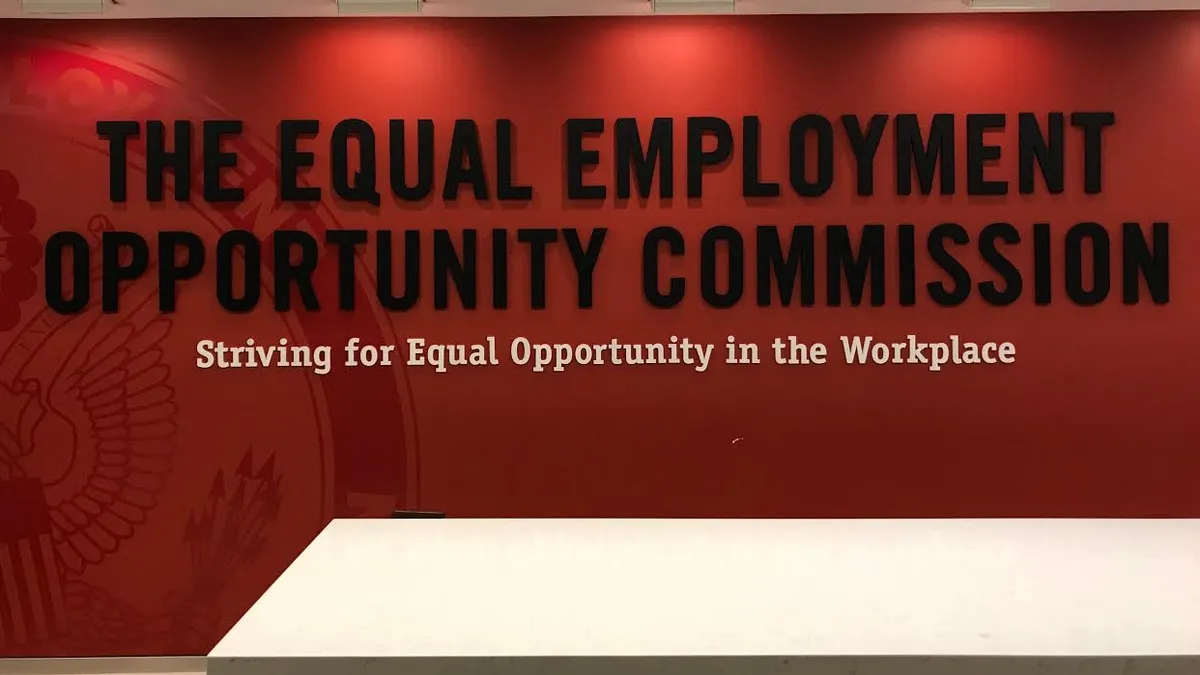Companies not used to filing Form 5500 for the health insurance benefits they offer their employees only have a few weeks before its due if their financial reporting is done on a calendar-year basis.
Form 5500 has been around for decades but companies tend to be more familiar with its version for retirement plans because its submission to the federal government is required for most companies that offer 401(k) or other retirement options to their employees.
Less familiar is the version for companies’ insurance and other health and welfare benefits because it isn’t required until companies hit a 100-employee threshold. For that reason, it’s not uncommon for small companies that grow past the threshold to be unaware of the submission requirement until it’s pointed out to them.
“I continually see clients … that have no idea they have responsibility to file the form,” Eric Gregory, an attorney with Dickinson Wright, told Legal Dive.
ERISA requirement
The form is a joint project of the IRS, Department of Labor and the Pension Benefit Guaranty Corporation, which use the data to get a picture of the types of plans companies are offering under the Employee Retirement Income Security Act (ERISA), how they’re being funded, how many people in the workforce tap into the benefits and so on.
Non-compliance can be expensive, in part because violators can get hit by both DOL and the IRS. DOL charges up to $2,400 for every day the form is late and the IRS charges $250 a day, up to $150,000.
As an incentive for companies to self-police if they discover they’ve been delinquent, DOL offers a voluntary compliance program that drastically cuts the penalties if the companies come forward before the DOL is aware of their delinquency. The IRS also generally waives its penalty for companies that comply under the DOL program.
“The only penalty you have to pay [if you come forward] is a sliding-scale penalty depending on the size of the employer and the number of forms you have to file,” Gregory said.
That penalty typically is limited to a few thousand dollars, so it can be seen as a significant incentive. “And there’s no liability going forward as long as you continue to file,” he said.
In his practice, Gregory said, he encourages companies that discover they’ve failed to submit the form to step forward and pay the fine, even if DOL or the IRS hasn’t initiated enforcement action, because it’ll be cheaper for them in the long run.
“Whenever we discover a period of non-compliance … we always just say, ‘Look, let’s just use that delinquent filer program and then we don’t have to worry about the DOL coming forward and saying, “Hey, why didn’t you file for these 6 or 7 years?”’”
Spotty enforcement
In some ways, the IRS has limited visibility into compliance because it doesn’t have the data-crunching capacity to consistently spot linkages between companies that submit the form for their retirement plans but not for their benefits programs, Gregory believes. But that could change if the agency steps up Affordable Care Act enforcement.
“There would be more data points,” he said. “So, I suspect that’s coming down the pike.”
Companies more typically run into trouble with DOL, which enforces an audit requirement on companies’ retirement plans if they meet the 100-employee threshold. That gives the agency a window into the companies’ Form 5500 compliance that the IRS doesn’t have.
“They know [your employees] are more than 100, so if you don’t have a 5500 for your health plan, you’re more likely to get penalties,” he said.
That 100-person threshold includes former employees that are still receiving benefits. On the health-benefit side, that typically means former employees who are temporarily receiving health insurance under COBRA rules.
Calendar-year compliance
The submission deadline, for both the retirement plan and the health benefits, is the end of the seventh month after the plan year’s end, which makes July 31 the deadline for most companies. Gregory estimates that three-fourths of all companies are on a calendar-year reporting system, so the deadline for the lion’s share of companies is at the end of this month. Companies can request a two-month extension if they’re not prepared to comply by that date.
For smaller companies that grow beyond the 100-person threshold this year and face compliance for the first time on the health benefits side, compliance can be a challenge, because completing the forms is considered difficult to do in-house for all but the biggest companies.
“A really large employer, like General Motors, I’m pretty sure they have somebody in-house that can complete their 5500,” Gregory said. “But they have a giant legal department and accounting department.”
The retirement form is the more difficult of the two to complete because it requires the attachment of several schedules covering types of investment, the amount of gains and losses, and other financial matters that the benefits schedules don’t require. What’s more, it’s not uncommon for the broker that places the insurance plans for the company on the health and welfare side to take care of the form on the company’s behalf. But responsibility still falls on the company to ensure it gets done.
“Sometimes brokers are really good about making sure it gets done … but there’s no incentive for them to want to do it other than their general obligation to the client,” Gregory said.



















